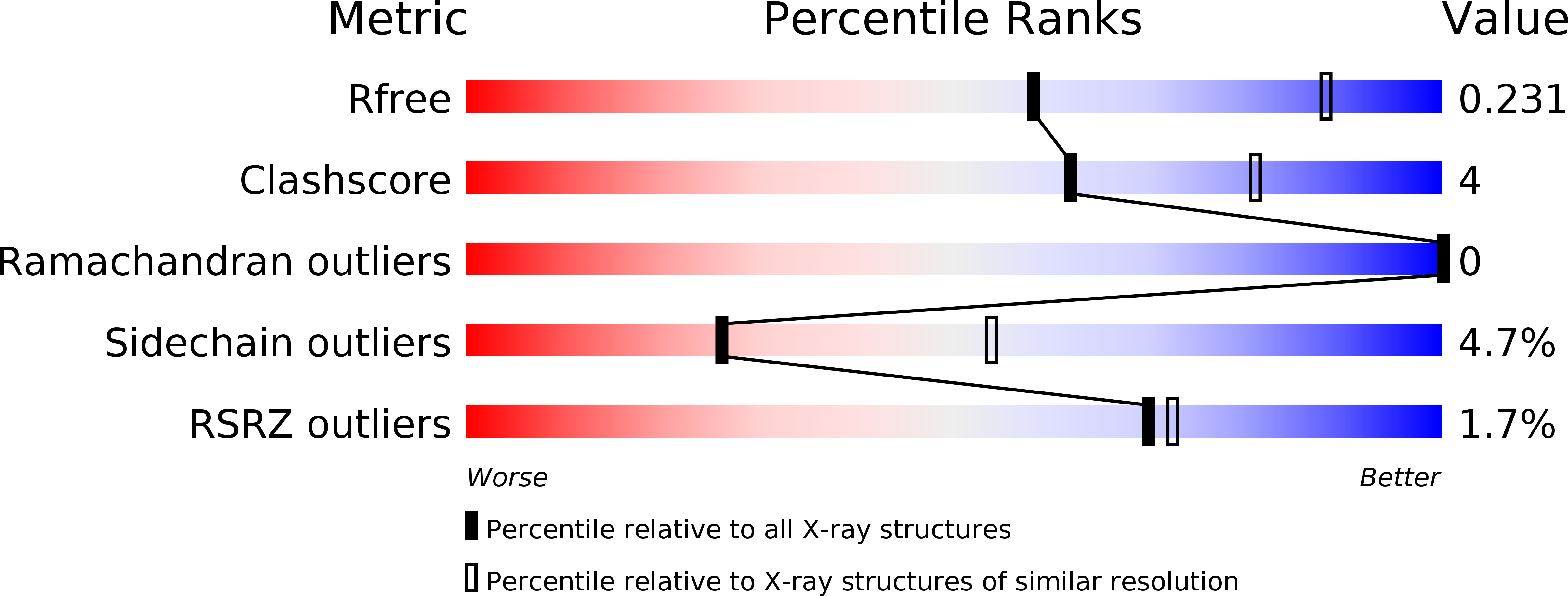
Deposition Date
2013-12-03
Release Date
2014-02-26
Last Version Date
2024-10-30
Entry Detail
PDB ID:
4NUB
Keywords:
Title:
Crystal structure of Escherichia coli ribosomal oxygenase YcfD
Biological Source:
Source Organism:
Escherichia coli (Taxon ID: 83333)
Host Organism:
Method Details:
Experimental Method:
Resolution:
2.70 Å
R-Value Free:
0.22
R-Value Work:
0.17
R-Value Observed:
0.18
Space Group:
P 43 21 2


